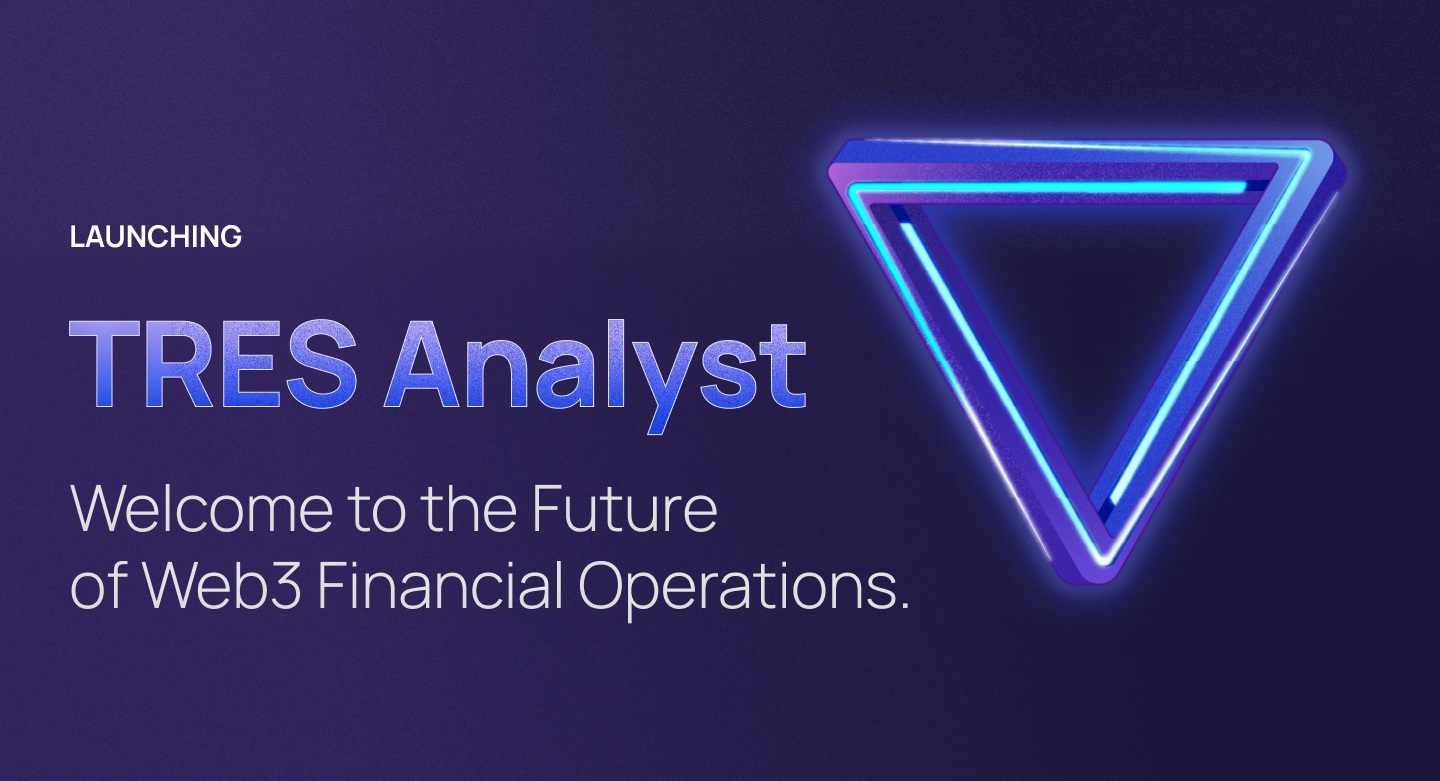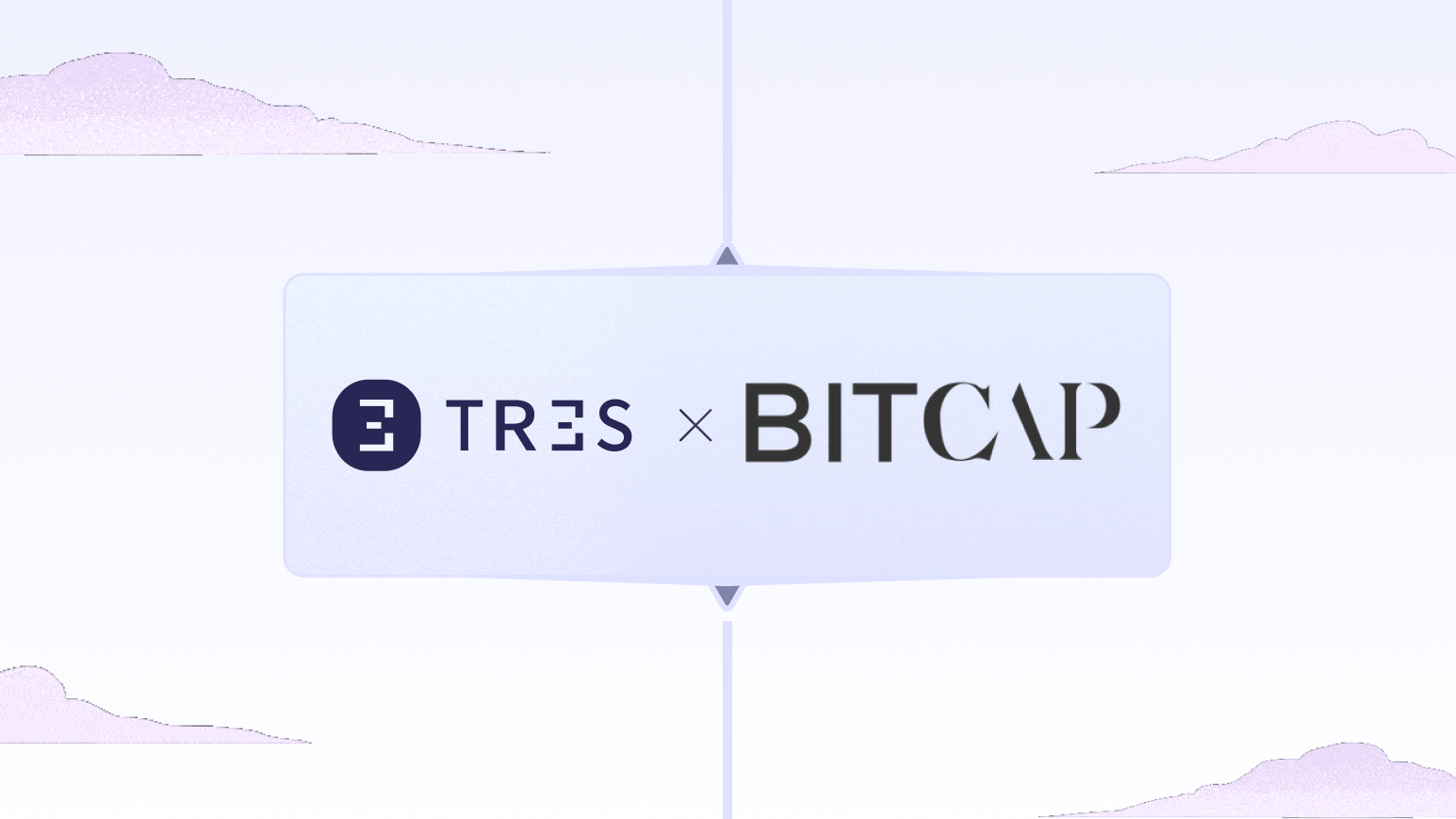Avalanche (AVAX) is a cryptocurrency and blockchain platform that rivals Ethereum. AVAX is the native token of the Avalanche blockchain, which—like Ethereum—uses smart contracts to support a variety of blockchain projects.
The Avalanche blockchain can provide near-instant transaction finality. AVAX is used to pay transaction processing fees, secure the Avalanche network, and act as a basic unit of account among blockchains in the Avalanche network.
Understanding Avalanche
Avalanche’s smart contracts platform supports both decentralized applications (dApps) and autonomous blockchains. Here are some of the features that make Avalanche unique:
– Coin creation rate: The maximum supply of AVAX is capped at 720 million tokens, but AVAX users govern how fast new coins are minted. AVAX holders can control the rate of new coin creation by voting to adjust the amount of AVAX paid as a reward for adding a new block to the Avalanche blockchain.
– Transaction fee structure: Transaction processing costs vary depending on the type of transaction and Avalanche’s network congestion. All fees are burned—removed from circulation—to enable AVAX to become scarcer over time. Avalanche users vote to decide the Avalanche transaction fee, making AVAX fees subject to change.
– Consensus mechanism: Transactions on the Avalanche blockchain are confirmed using a unique method that requires many small, random subsets of network participants to confirm transactions before the transactions are considered finalized.
– Participation incentives: High uptime and fast response times can both boost the amount of AVAX rewards that a network participant can earn for processing AVAX transactions.
Avalanche is generally governed by the proof-of-stake mechanism. AVAX holders are required to stake—agree not to trade or sell—AVAX in exchange for the right to validate AVAX transactions. AVAX holders with the most staked, and who actively participate as validators, are the most likely to be chosen as validators for new Avalanche blocks. Holding AVAX tokens is also required to vote on Avalanche governance proposals.
Avalanche vs. Ethereum
While Ethereum currently operates at a much larger scale, supporting many more projects and transactions, Avalanche’s superior ability to scale may give the Avalanche platform a long-term advantage over Ethereum. Avalanche can support a large number of transactions without requiring more time to process those transactions.
Avalanche and Ethereum also have different fee structures. All processing fees for Avalanche transactions are burned, while the Ethereum network burns only a percentage of transaction processing fees. Fees on both the Avalanche and Ethereum platforms vary based on the congestion or busyness of the network. The fee structure for the Avalanche platform is entirely controlled by user governance
Supported features
Supported
Supported
Supported
Supported
Supported
Supported
Supported


